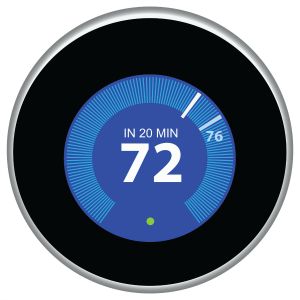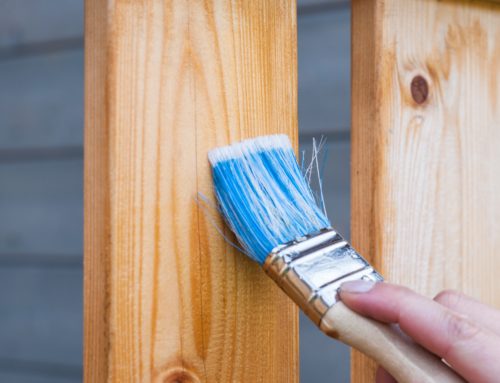By Suzanne Shelton, CEO of Shelton Group, leads the nation’s leading marketing and advertising agency entirely focused on the energy efficiency and environmental markets.
If you haven’t nosed around on your utility’s website recently, you’re likely missing a break on your bills.
As you debate whether you’ve got the green to turn down the AC a degree or two this summer, you have an unlikely ally to help you manage your energy costs: your utility. Facing increased competition, utilities around the country are offering incentives for both greener equipment and practices.

- Go solar. For electric customers in Colorado, Black Hills Energy offers a rebate on equipment and installation costs for solar panel systems. The rebate could be worth several thousand based on the size of the system you install.

- Say bye to Old Frosty and other energy-hogging appliances and systems. Some utilities will reward you for replacing old fridges and freezers. For instance, Vectren (Ohio and Indiana) pays $30 for each qualifying appliance through its Conservation Connection program and will haul away your old appliance for free. A new energy-efficient refrigerator, compared with one that’s at least 10 years old, can be almost twice as efficient. In other words, replacing an Old Frosty could save you up to $100 per year.Ditto for replacing systems like your gas furnace or water heater. A new water heater can save you around $300 per year on your utility bill — that’s in addition to a rebate you might pocket from your utility.
- Get audited … in a good way. Bet you’ll be surprised by where your house is leaking. Bet you’ll also be surprised to know that some utilities provide energy audits for free or at a discount. An energy audit — DIY or pro — can uncover air leaks, such as holes around your wiring and plumbing (instead of just around those windows you’ve been blaming).Plus, your auditor will give you a list of prescriptive steps to help remedy the problem. Sometimes, you’ll get a rebate just for scheduling the audit — and sometimes, you’ll receive more rebates once you’ve completed some of the energy-saving tasks or replacements suggested.
- Find the energy that’s right for you. These days you can often choose who supplies your energy. That means you can shop around for cleaner energy, sometimes produced with less expense (and less expense passed on to you). Viridian Energy, which services states including New York and Illinois, offers renewable (wind, solar) energy programs that let customers lock in energy rates for a period of time with no rate changes. Check with your local utility for a similar program.
- Automate your energy savings. You use technology to enhance many aspects of your life — why not use it to keep your energy usage under control? FirstEnergy (Ohio) offers a wireless display, called PowerTab, which works with an external smart meter to track your energy use at a glance, so you don’t have to wait for your bill at the end of the month. By eyeballing how much energy you’re using, you can decide what you’ll do each day (unplug power strips, put your computer to sleep, adjust the thermostat) to reduce your consumption. The manufacturer claims this practice can help you lower your bill by 20%.
Besides making friends with your utility, visit the DSIRE database to search for federal, state, local, and utility rebates and incentives. I searched “furnaces” and found various utility rebates around the country. Instead of accepting energy bills passively, we can take an active role in our bottom line and be a little greener.
Visit HouseLogic.com for more articles like this. Reprinted from HouseLogic.com with permission of the NATIONAL ASSOCIATION OF REALTORS®.











